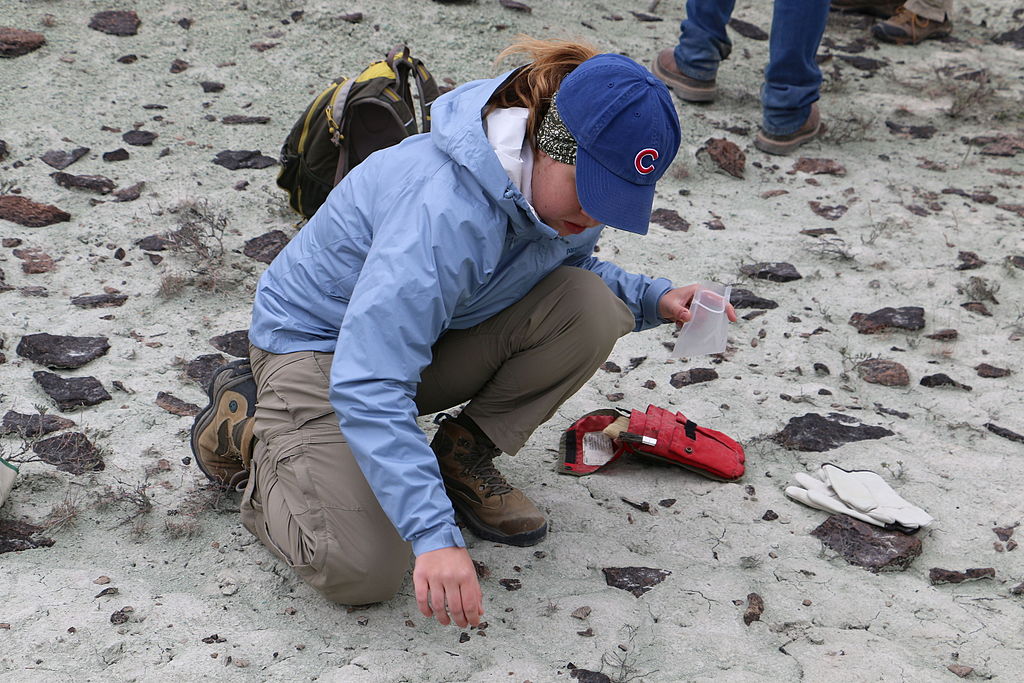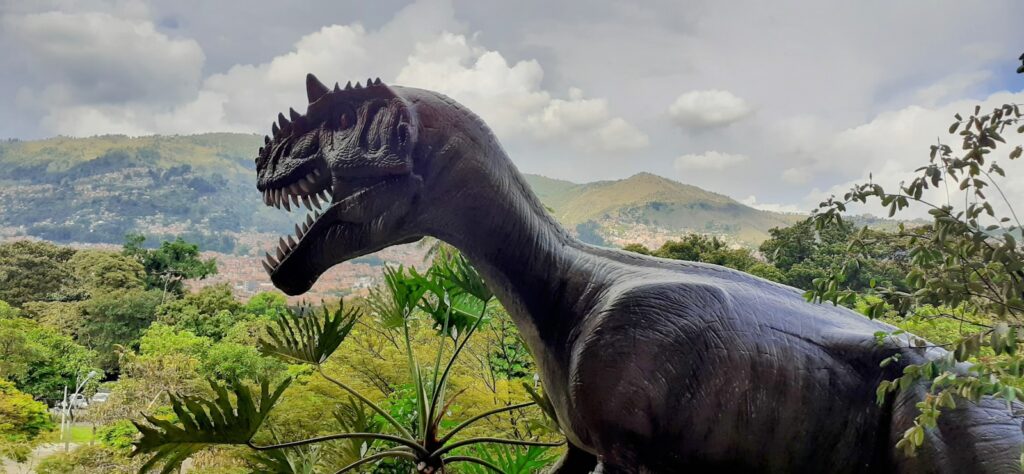Paleontology, the study of ancient life through fossils, might seem like a complex scientific field reserved for academics in dusty museums. However, several brilliant children’s television shows have transformed this discipline into exciting adventures that captivate young minds while sneaking in substantial educational content. These programs have inspired generations of children to develop an interest in dinosaurs, prehistoric mammals, and the evolution of life on Earth. By combining entertainment with accurate scientific information, these shows have made paleontology accessible and exciting for children worldwide, potentially sparking lifelong interests in science and natural history.
1. “Dinosaur Train” – Combining Time Travel with Scientific Discovery

PBS Kids’ “Dinosaur Train” stands out as one of the most scientifically accurate dinosaur shows ever created for young children. The series follows Buddy, a curious young Tyrannosaurus rex adopted by a Pteranodon family, as they board a magical time-traveling train to explore different prehistoric eras. What makes this show exceptional is its commitment to scientific accuracy under the guidance of paleontologist Dr. Scott Sampson, who appears in live-action segments to reinforce the scientific concepts presented in each episode. The show carefully labels each dinosaur species with its scientific name and the time period in which it lived, teaching children about geological time scales. Additionally, “Dinosaur Train” incorporates recent paleontological discoveries, such as feathered dinosaurs, helping to update children’s understanding beyond the outdated reptilian depictions of the past.
2. “Walking with Dinosaurs” – Bringing Documentary-Style Realism to Prehistoric Life
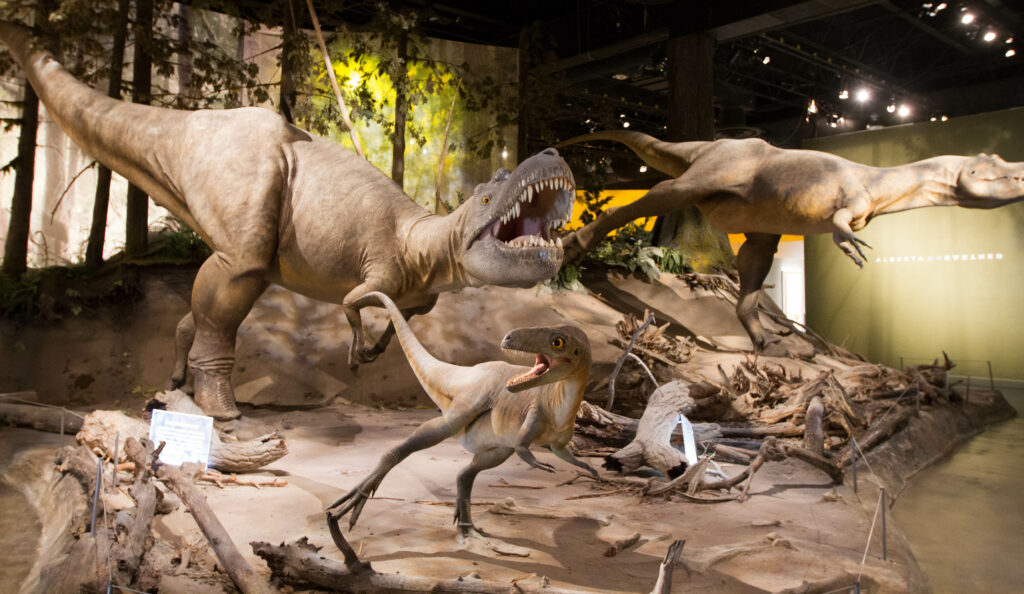
Though originally produced as a BBC documentary series for general audiences, “Walking with Dinosaurs” found a dedicated following among dinosaur-obsessed children who were captivated by its groundbreaking CGI recreations of prehistoric life. The series revolutionized how dinosaurs were portrayed on screen by treating them as real animals rather than movie monsters, showing behaviors like hunting, migration, and parenting based on fossil evidence and comparisons with modern animals. Each episode transported viewers to a different period of Earth’s history, from the Triassic to the late Cretaceous, creating an immersive experience that felt like watching a nature documentary filmed 65 million years ago. The educational impact was so significant that it spawned child-oriented spin-offs, including books, interactive exhibitions, and a touring arena show that brought full-sized animatronic dinosaurs to audiences worldwide. For many children, this series represented their first exposure to paleontology as a systematic scientific discipline rather than just “dinosaur facts.”
3. “The Land Before Time” – Emotional Storytelling with Prehistoric Characters
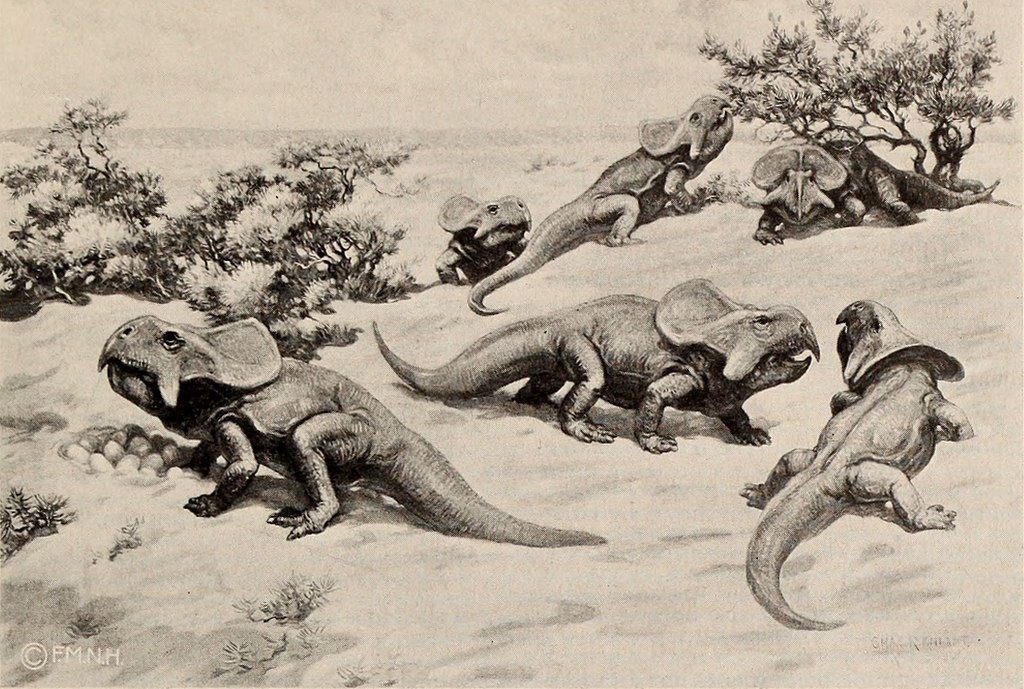
While “The Land Before Time” takes more creative liberties with paleontological accuracy than some other entries on this list, this beloved animated franchise deserves recognition for how it humanized dinosaurs for generations of children. The original 1988 film and its numerous sequels follow the adventures of Littlefoot the Apatosaurus and his diverse dinosaur friends as they navigate a dangerous prehistoric world. Through its accessible storytelling, the series introduced children to various dinosaur species and basic concepts about the Mesozoic Era, including continental drift, climate change, and extinction events. The franchise cleverly used the dinosaurs’ search for the “Great Valley” as a metaphor for migration and adaptation to environmental changes—concepts central to understanding evolution and prehistoric ecology. Despite some scientific inaccuracies, the emotional connection children formed with these characters often sparked a genuine interest in learning more about the real creatures that inspired them, making it an important gateway into paleontological interest for many young viewers.
4. “Prehistoric Planet” – Cutting-Edge Visuals Meeting Modern Science
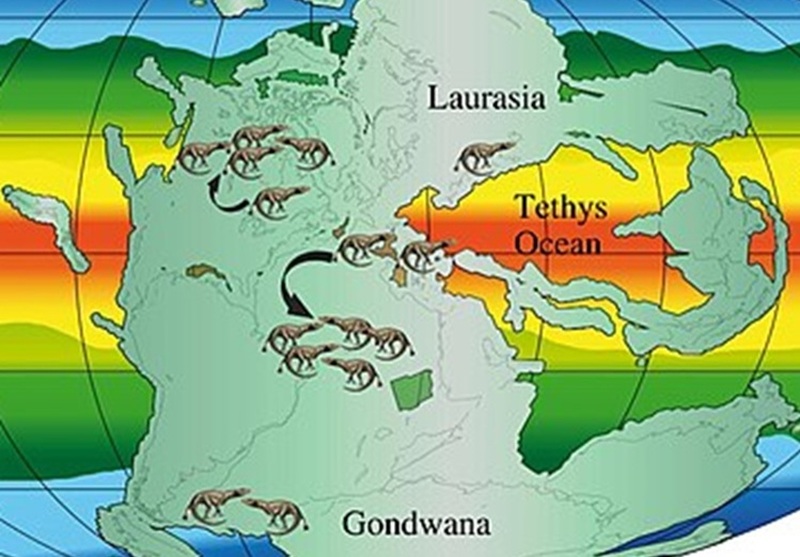
Apple TV+’s “Prehistoric Planet” represents the newest evolution in children’s paleontological programming, bringing state-of-the-art visual effects from the makers of “The Lion King” (2019) together with the latest scientific research. Narrated by Sir David Attenborough, this documentary series presents dinosaurs with a level of detail and naturalism previously unseen, incorporating the most current understanding of dinosaur behaviors, appearances, and ecosystems. While not exclusively marketed to children, the series has become particularly popular with dinosaur-enthusiastic young viewers who are drawn to its photorealistic depictions of creatures like feathered tyrannosaurs, marine reptiles, and pterosaurs engaged in behaviors supported by recent fossil discoveries. The show excels at presenting complex scientific concepts in accessible ways, such as explaining how scientists use trace fossils to deduce dinosaur behaviors or how comparative anatomy with modern animals informs our understanding of extinct species. Parents report that children often rewatch episodes multiple times, scrutinizing details and absorbing scientific terminology that would typically be considered well beyond their grade level.
5. “Dino Dana” – Making Paleontology Part of Everyday Life

The Emmy-winning series “Dino Dana” (preceded by “Dino Dan”) takes a unique approach to prehistoric education by bringing dinosaurs into a contemporary setting through the imagination of its young protagonist. Dana, a dinosaur-obsessed girl with a special ability to see dinosaurs in the modern world, uses scientific methods to test hypotheses about dinosaur behavior and characteristics. What makes this show particularly effective is how it models the scientific process for children—Dana doesn’t just memorize dinosaur facts but actively investigates questions through experiments and observation. The series cleverly integrates paleontological concepts into everyday situations, showing how scientific thinking can be applied anywhere. For example, an episode might have Dana observing how different dinosaurs might have cared for their young by comparing nest structures found in the fossil record to modern birds. The show also features diverse female paleontologists as guest characters, helping to break down gender stereotypes in scientific fields for its young audience.
6. “Dinosaur King” – Turning Fossil Collection into an Adventure
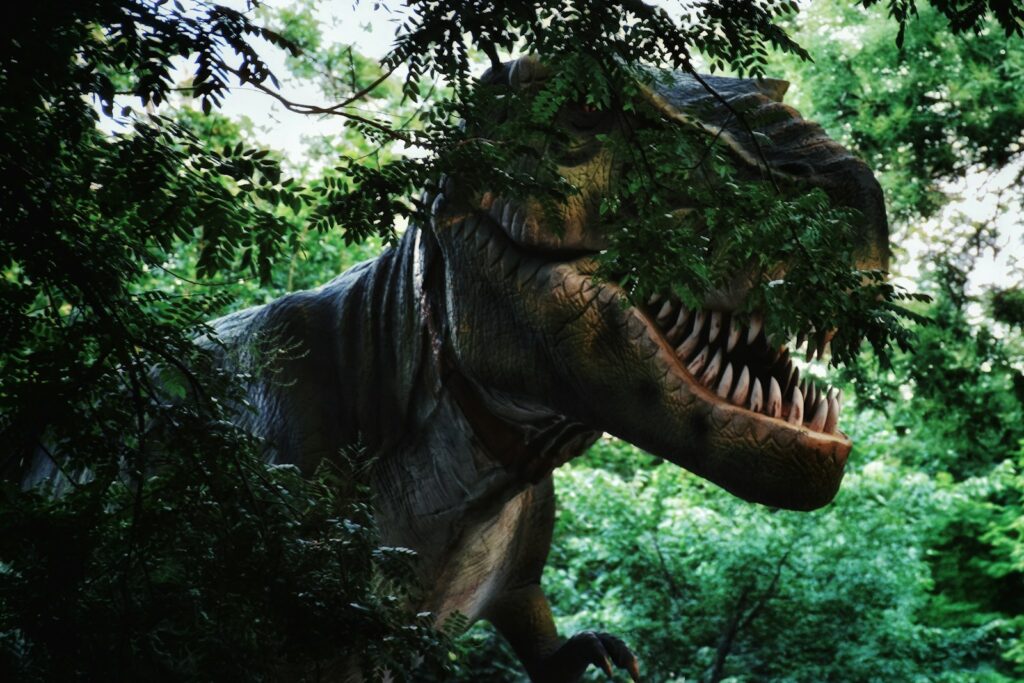
Taking a more fantastical approach to paleontology, “Dinosaur King” combines the collecting appeal of franchises like Pokémon with substantial dinosaur education. The animated series follows Max and his friends as they discover special stones that can bring dinosaur cards to life, leading to adventures across the world to find more dinosaur cards before they fall into the wrong hands. Despite its fantasy premise, the show maintains surprising scientific integrity by accurately naming and depicting dozens of dinosaur species from various time periods and global locations. Each episode typically focuses on a specific dinosaur, providing information about its diet, habitat, and unique adaptations. The accompanying trading card game and video games further reinforced this learning by including scientific facts about each species. While paleontologists might raise eyebrows at dinosaurs being summoned to battle one another, the show succeeded in teaching children to identify obscure species like Therizinosaurus or Amargasaurus and understand concepts like dinosaur classification and geographic distribution during the Mesozoic Era.
7. “Dinosaur Revolution” – Blending Education with Dinosaur Drama

Discovery Channel’s “Dinosaur Revolution” stands out for its unique approach that combines scientific documentary with narrative storytelling, creating what some have called “dinosaur soap operas” that follow the lives of individual dinosaurs through critical moments in their lives. The series presents dinosaurs as complex animals with personalities and social dynamics while maintaining scientific accuracy about their biology and behavior. Unlike many documentaries that focus on narration, “Dinosaur Revolution” often lets the visuals tell the story, showing rather than explaining concepts like territorial disputes, mating rituals, and predator-prey relationships. This visual storytelling approach makes complex paleontological concepts accessible to children who might not yet have the vocabulary to understand traditional science documentaries. The series also excels at showcasing lesser-known dinosaur species and prehistoric time periods that rarely get screen time, expanding children’s knowledge beyond the usual Tyrannosaurus rex and Triceratops to include creatures like the tiny predator Eoraptor or the bizarre crocodile relative Effigia.
The Scientific Consultants Behind the Magic
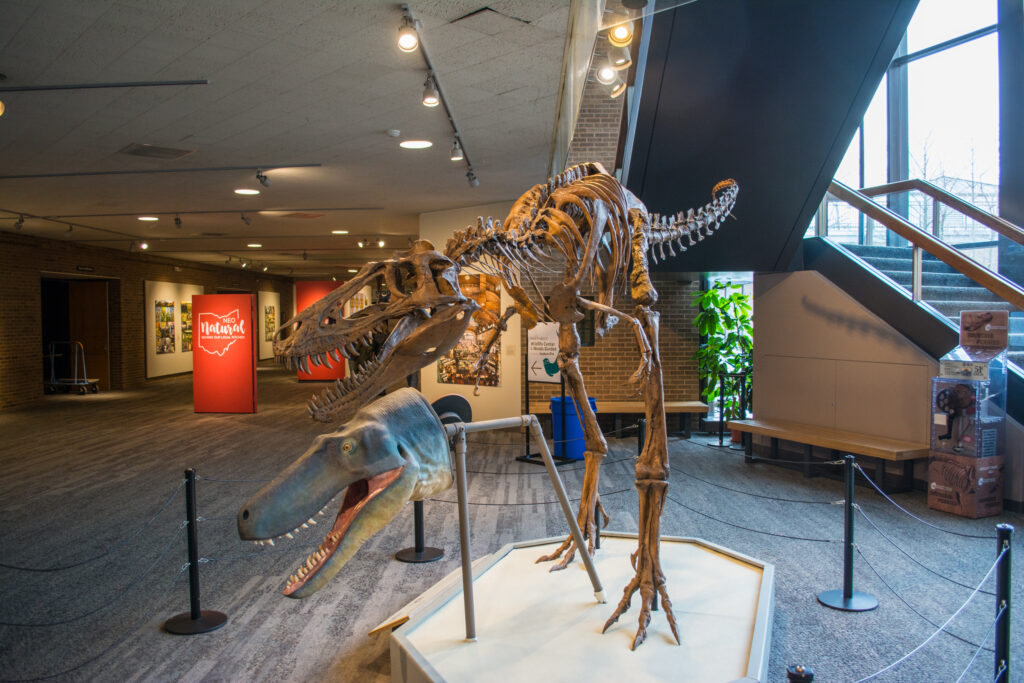
What many viewers don’t realize is the extent to which professional paleontologists contribute to children’s dinosaur programming. Most successful shows employ multiple scientific consultants who review scripts, character designs, and animated sequences for accuracy. Dr. Scott Sampson of “Dinosaur Train” is perhaps the most visible example, but many other prominent scientists have worked behind the scenes. Paleontologist Dr. Thomas R. Holtz Jr. has consulted on numerous dinosaur documentaries and children’s books, while Dr. Darren Naish provided expertise for “Prehistoric Planet.” These scientists understand that engaging children’s entertainment can be compatible with scientific integrity. They often push for shows to incorporate new discoveries, such as evidence about dinosaur coloration from preserved melanosomes or insights about thermoregulation from bone histology. This collaboration between entertainment producers and scientists has gradually transformed the public understanding of dinosaurs, with children often being the first to embrace new scientific concepts through their favorite shows.
Educational Impact Beyond Entertainment
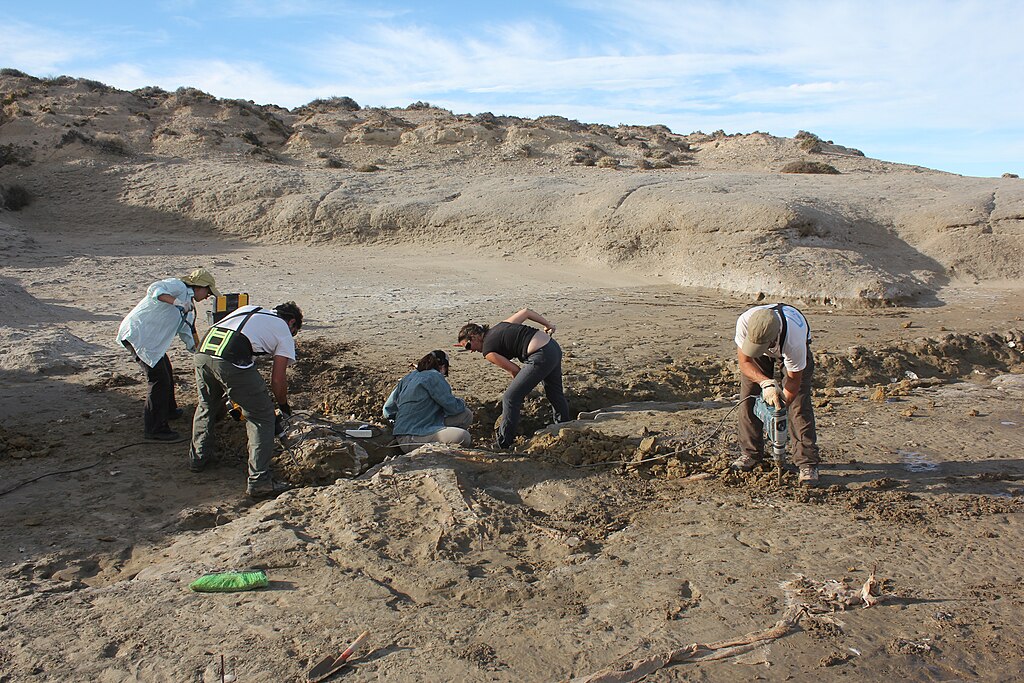
Research has demonstrated the profound educational impact these paleontology-focused shows have on young viewers. Studies show that children who regularly watch programs like “Dinosaur Train” display significantly expanded scientific vocabulary and conceptual understanding compared to peers who don’t watch such content. Perhaps more importantly, these shows foster what educators call “identity work”—helping children see themselves as potential scientists. When children see characters their age asking questions, making observations, and drawing conclusions about prehistoric life, they begin to develop scientific thinking skills that transfer to other domains. Teachers report that dinosaur enthusiasts often demonstrate advanced reading skills because they’re motivated to tackle complex books about their passion, sometimes reading at levels years beyond their grade. Additionally, these shows often serve as entry points for family learning experiences, with parents reporting that dinosaur interests lead to museum visits, fossil hunting expeditions, and shared research activities that create valuable educational opportunities outside formal school settings.
Accuracy vs. Entertainment: The Balancing Act

Creating scientifically accurate yet entertaining dinosaur content for children involves navigating numerous challenges. Producers must balance the need for dramatic storytelling with factual integrity, often making difficult decisions about where to simplify complex concepts or when to acknowledge scientific uncertainty. For instance, while scientists debate the exact coloration of most dinosaur species, visual media must make definitive choices about how to depict them. The most successful shows address this by incorporating what paleontologists call “speculative biology”—making educated guesses based on the best available evidence while acknowledging that our understanding may change with new discoveries. Some programs, like “Prehistoric Planet,” handle this by focusing on behaviors that leave traces in the fossil record, such as nesting or territorial displays, while being transparent about which elements involve more speculation. This approach not only maintains scientific integrity but also teaches children about the evolving nature of scientific knowledge—that what we know about dinosaurs continues to change as researchers make new discoveries.
Representation of Different Prehistoric Eras
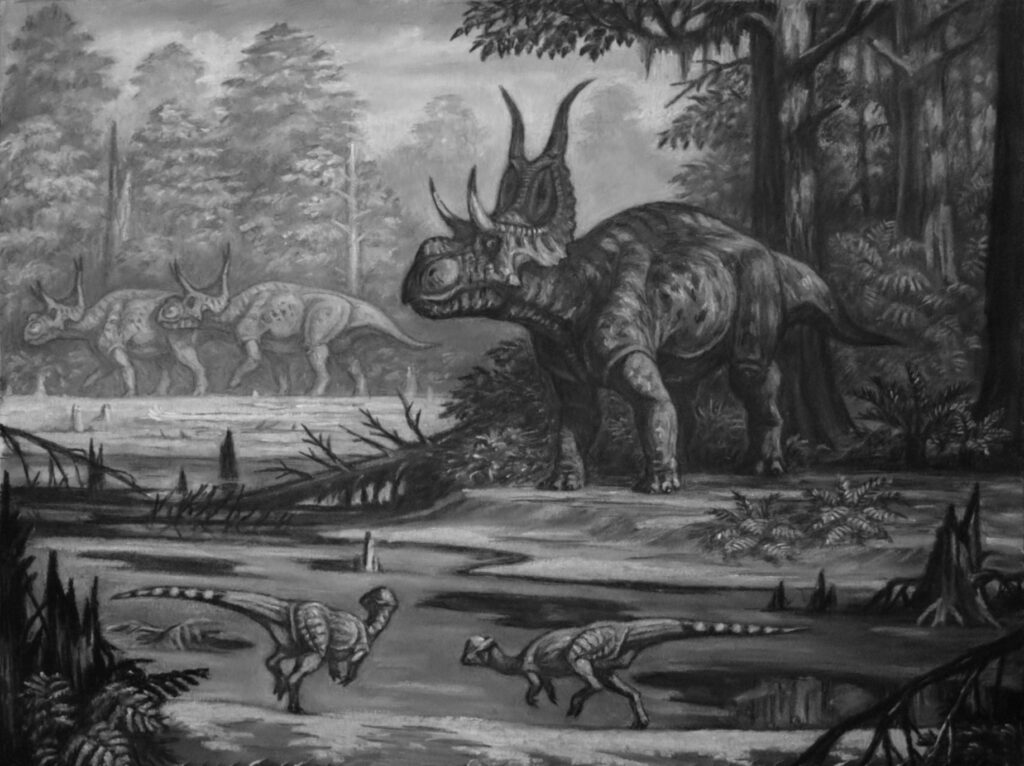
While dinosaurs understandably dominate prehistoric programming for children, the best shows expand beyond the familiar Mesozoic Era to explore the broader history of life on Earth. “Walking with Monsters” (the prequel to “Walking with Dinosaurs”) introduced children to the strange creatures of the Paleozoic Era, including giant sea scorpions and early amphibians, while “Walking with Beasts” explored the mammalian megafauna that evolved after the dinosaurs’ extinction. These programs help children understand that dinosaurs represent just one chapter in Earth’s biological history, providing context for concepts like evolution and extinction. Some shows cleverly use time travel frameworks to compare different eras directly—”Dinosaur Train” occasionally visits the Permian period before dinosaurs evolved or the Ice Age long after their extinction. This broader perspective helps children develop an understanding of deep time and evolutionary relationships that goes beyond dinosaur trivia to encompass fundamental concepts in biology and earth science.
From Screen to Science: Inspiring Future Paleontologists
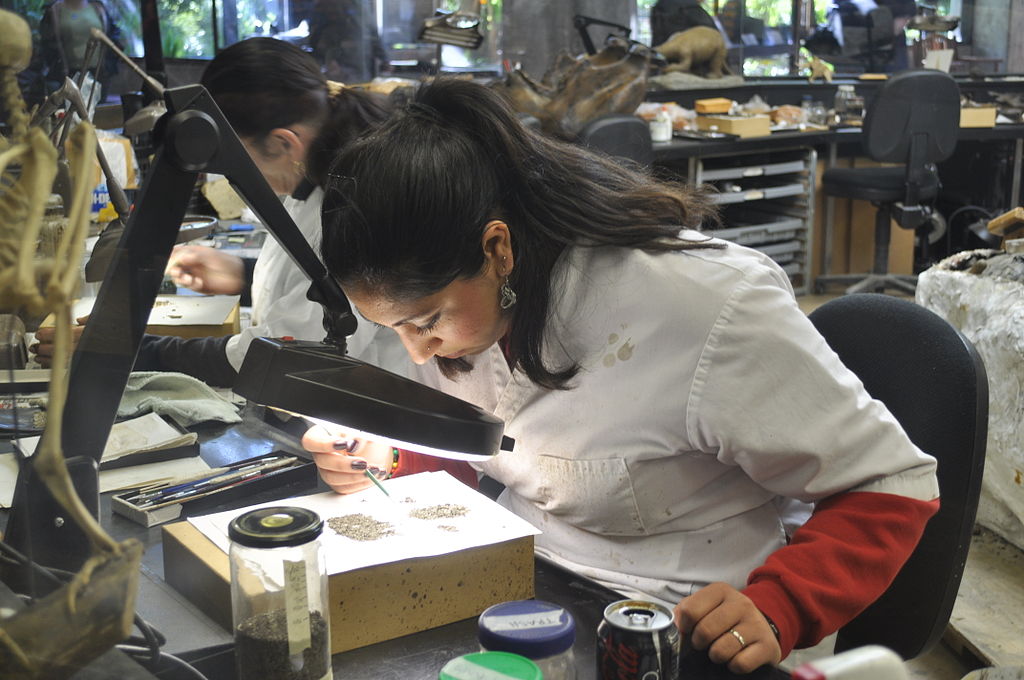
Perhaps the most significant impact of these shows is their role in inspiring future scientists. Numerous professional paleontologists cite childhood media as a crucial factor in their career choice. Dr. Lindsay Zanno, head of paleontology at the North Carolina Museum of Natural Sciences, has spoken about how dinosaur documentaries fueled her early interest in the field. Similarly, Dr. Steve Brusatte, professor of paleontology at the University of Edinburgh, acknowledges the influence of dinosaur media on his career path. These shows create what educators call “possible selves”—helping children envision futures for themselves in scientific fields. This inspiration extends beyond just producing future paleontologists; it nurtures a general interest in science, critical thinking, and natural history. Educational researchers have documented how dinosaur enthusiasm often serves as a “keystone interest” that supports the development of skills like systematic observation, classification, and evidence-based reasoning—capabilities that benefit children regardless of their eventual career choices.
The Evolution of Dinosaur Depictions
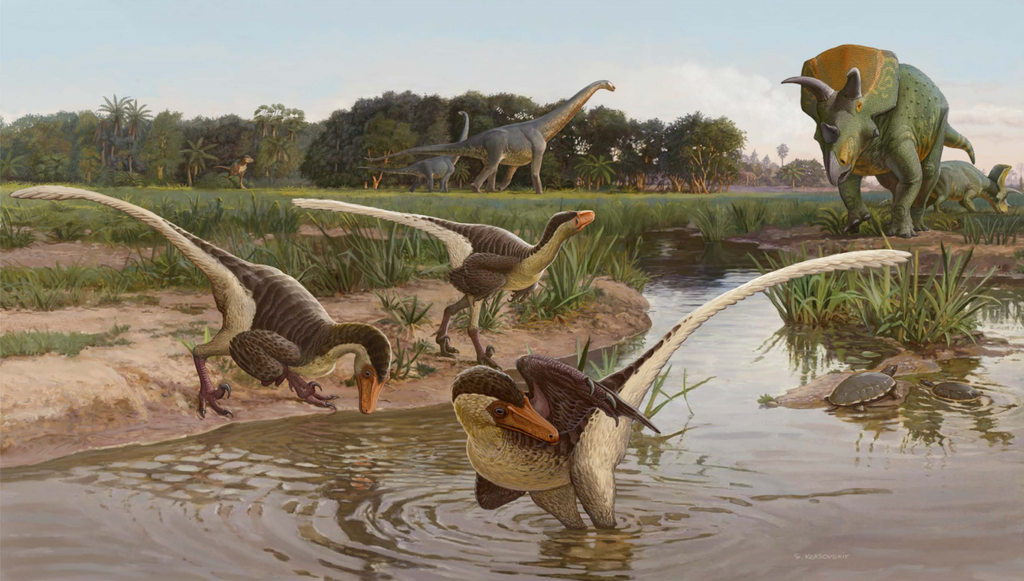
These children’s programs have played a crucial role in updating public perception of dinosaurs, moving away from the slow, tail-dragging reptiles depicted in older media toward the active, birdlike creatures supported by current evidence. By incorporating feathered dinosaurs, complex social behaviors, and sophisticated hunting strategies, shows like “Prehistoric Planet” and “Dinosaur Train” have helped bring children’s understanding in line with current scientific consensus. This evolution is particularly visible when comparing programs across decades—the dinosaurs in recent productions bear little resemblance to those in children’s shows from the 1980s and 1990s. The willingness of children to embrace these updated depictions often outpaces adult acceptance, with young viewers readily accepting feathered tyrannosaurs while many adults still cling to the scaly versions from their own childhood media. This generational shift in dinosaur perception demonstrates how children’s programming can drive broader scientific literacy, with today’s dinosaur-obsessed children growing up with a far more accurate understanding of prehistoric life than previous generations.
Conclusion: Why Dinosaur Shows Matter
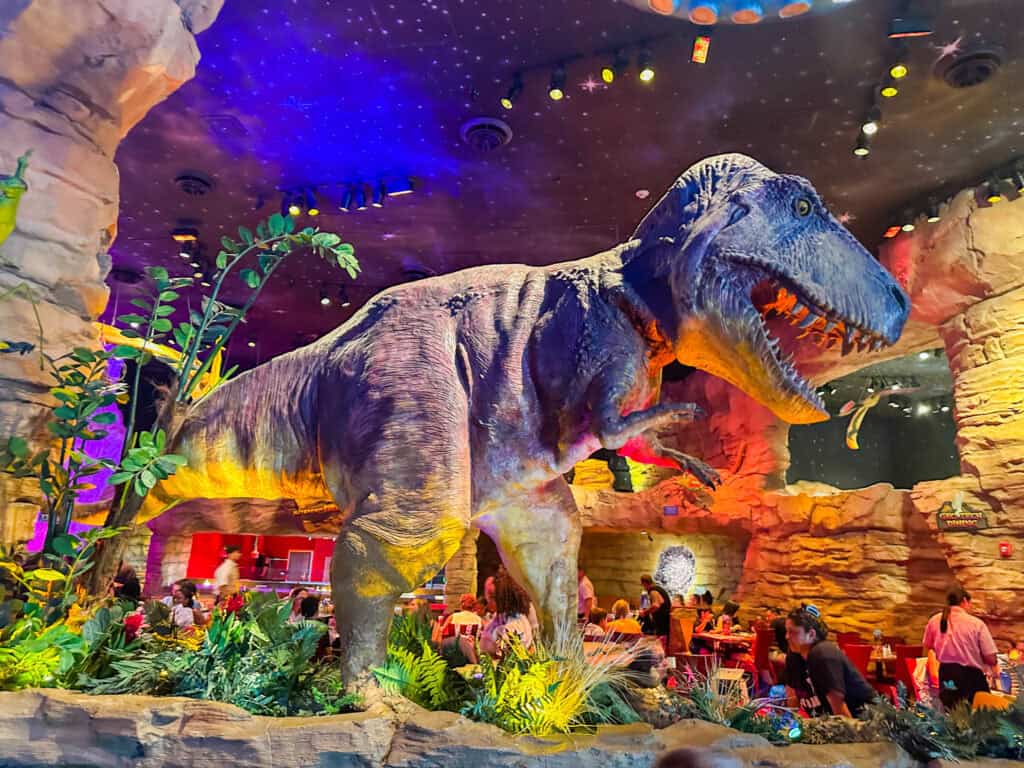
Children’s shows about paleontology represent far more than just entertaining dinosaur content—they serve as crucial bridges between complex scientific disciplines and young minds eager for knowledge. By transforming fossil evidence and evolutionary theory into compelling narratives with relatable characters, these programs make science accessible and exciting. They demonstrate that education doesn’t require sacrificing entertainment value, and that scientific accuracy can enhance rather than detract from storytelling. As new paleontological discoveries continue to reshape our understanding of prehistoric life, children’s media will undoubtedly evolve alongside the science, introducing future generations to increasingly accurate depictions of Earth’s fascinating past. The lasting impact of these shows extends beyond dinosaur facts to nurture scientific thinking, foster curiosity about the natural world, and inspire some viewers toward careers in science, education, or conservation—ensuring that our collective fascination with prehistoric life continues to thrive for generations to come.

